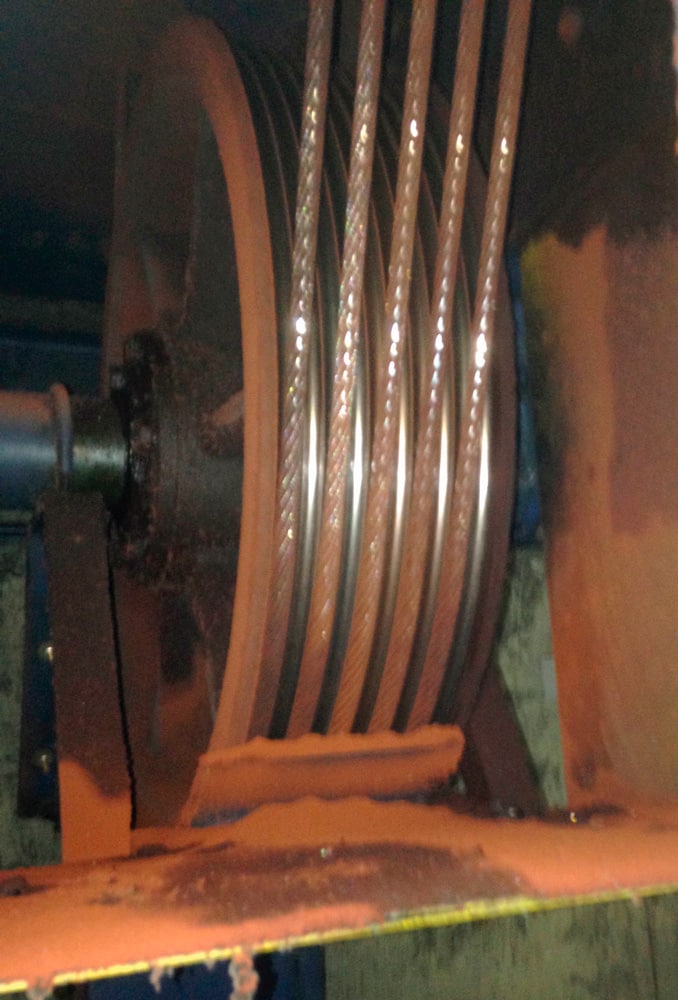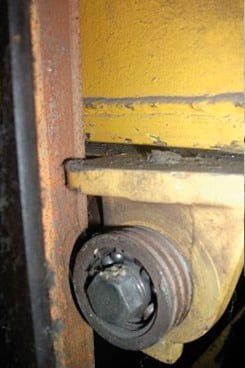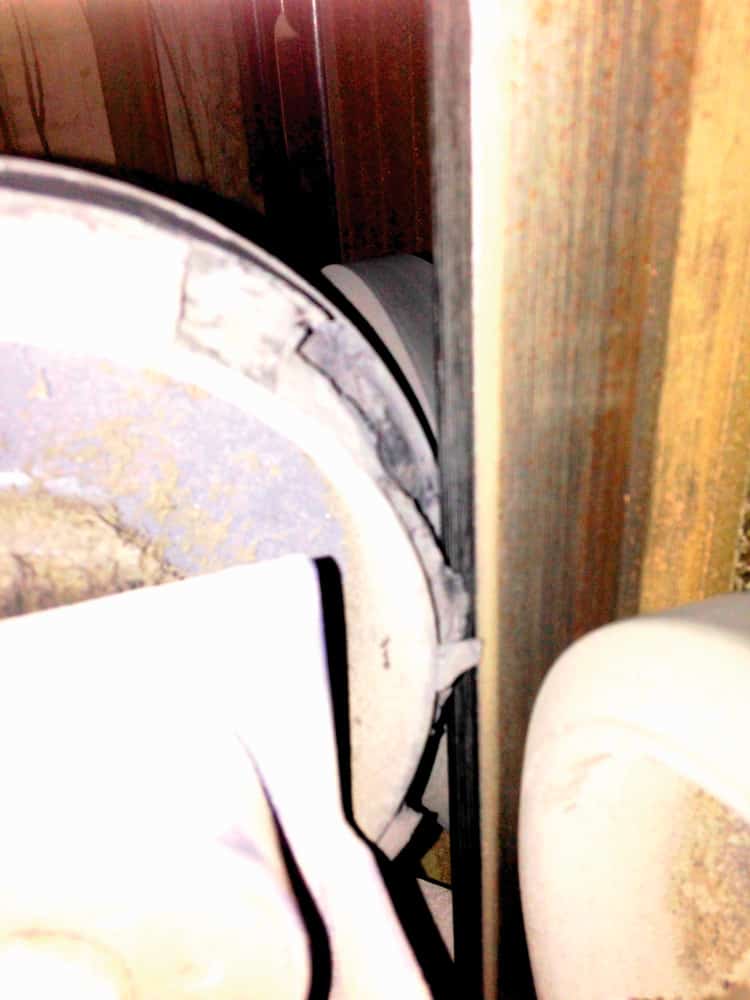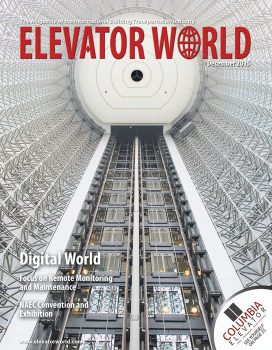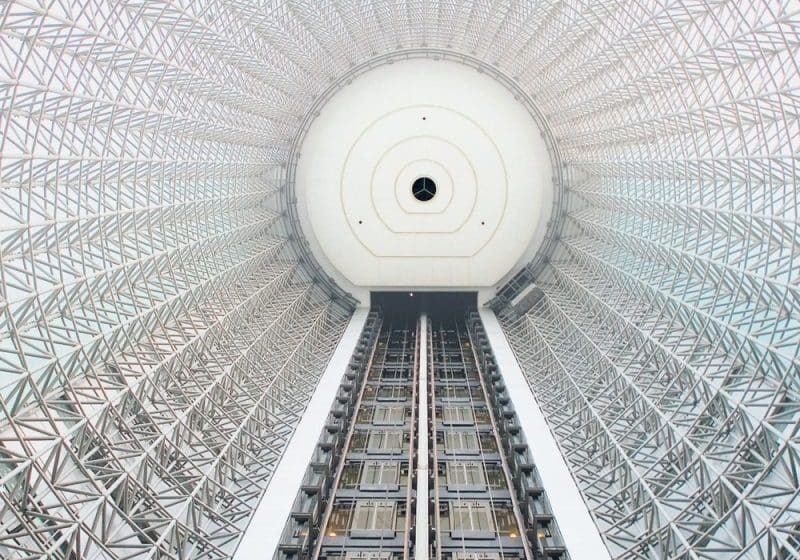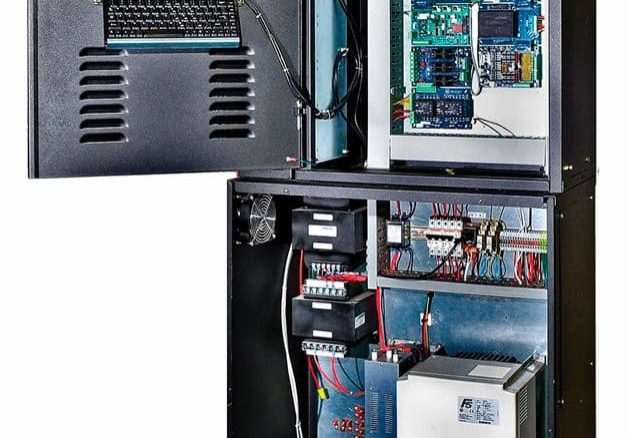Effective Management of Elevator/Escalator Maintenance Agreements
Dec 1, 2015

Ten important steps to follow as a manager of the ever-important maintenance agreement
For those responsible for the management of elevator and escalator maintenance agreements, the task can become rather time consuming, particularly when managing a number of different properties, elevator contractors and various types of maintenance agreements. However, based on the experience we at LML Lift Consultants have had, there are a number of small things to improve management of these agreements that can be implemented immediately:
- Keep a basic spreadsheet of all elevator maintenance agreements currently in place.
- Note the expiry dates of each maintenance agreement, the current maintenance provider and contact details, and the type of agreement (i.e., “fully comprehensive,” “semi-comprehensive” or “do and charge”).
- List some basics of what is included and (more importantly) any exclusions, such as motor fusion, after-hours call-outs, etc.
- Look at the “rollover” or “termination” clause to see how much notice must be given to the elevator contractor to prevent the contract from automatically rolling over. It is often the case that if written notice isn’t provided to the elevator contractor, in accordance with this clause, the contract will simply automatically roll over for subsequent periods equivalent to the initial agreement period. This is especially bad news if the agreement manager is not happy with the current level of service from the elevator contractor and the maintenance agreement was initially executed for an extended period (sometimes as many as 10 years).
- To prevent the automatic rollover of elevator maintenance agreements, written notice is normally required a minimum of 60 or 90 days prior to the renewal date. This written notice may be given at any time, so it is often a good idea to provide it well in advance. Note, however, that the written notice is not overtly given due to poor performance by the elevator contractor in any way (although this may be the case), but, rather, to prevent the elevator maintenance agreement from automatically rolling over for an extended term. In many cases, the elevator contractor may be performing well and, therefore, could be reappointed for ongoing elevator maintenance. The notice is simply meant to ensure that the building owner’s options are available prior to awarding a rollover to the existing contractor or, if necessary, it is seeking alternative service-provider options.
- As a simple example, the written notice to the elevator contractor may read:
- “Dear Sir or Madam,
- “In accordance with clause 123 of our current elevator maintenance agreement with your company, which is due to expire on the 1st December 2015, it is a requirement that we provide you with our written notification, at least 90 days before expiration, in order to prevent the maintenance agreement from automatically rolling over for a further five-year term.
- “As such, please take this email as our written notification that we will not be accepting the automatic rollover of the current contract, for a further term of the same period. We are however happy for XYZ Elevator Services to participate in the next elevator maintenance tender process for this property.
- “Every endeavor to complete the tender process prior to the initial expiration date of
- the contract will be made. However, should our tender process be delayed slightly, we respectfully request that your company continues to cover this elevator(s) comprehensively and under the terms of the current agreement on a month-to-month basis from expiry until such time as the tender process is complete.
- “Please acknowledge receipt of this email.”
- Once the written notice has been given to the elevator contractor, make sure this important date is recorded on your spreadsheet. Then, forget about it until the elevator maintenance agreement is due to expire. Make sure enough time for the tender process and to reappoint your current provider (or select a new contractor, if applicable) is left prior to expiration of the current agreement.
- Be aware of agreements’ contractual requirements in relation to frequency of service visits, response times to malfunctions, obsolescence clauses and what consumer price index or price adjustment formulas are applied. All of these can vary greatly between various elevator contractors’ maintenance agreements, or, as in many cases, not be stipulated at all.
- Where possible, ask the elevator contractor to sign in when arriving at the property, as well as sign out after completing the site visit. Most importantly, this assists in the event of an emergency and possible evacuation of the building and the safety of the technicians at the site. It also enables tracking of how many hours of maintenance are actually being completed.
- Keep an eye on any repeat call-outs or running-on-arrival call-outs. Is the elevator contractor addressing the root cause of the problem or simply resetting the system and hoping the problem goes away?
- Ask for safety-gear test results. There are several testing requirements for a traction elevator. These may include elevator-car safety-gear testing, verification of speed-governor trip speeds, governor pull-through, and safety-gear activation force tests. These activities may be sent electronically or recorded in a “Test Record” book in the elevator machine room or control cabinet.
- Ask for elevator-car emergency-lighting test results and any other necessary statutory test records.
- Consider implementation of an independently prepared, performance-based elevator maintenance agreement with set key performance indicators, such as service frequencies, response times to failures, number of acceptable faults in a 12-month period, number of repeat calls, etc. for critical functions.
Get more of Elevator World. Sign up for our free e-newsletter.
